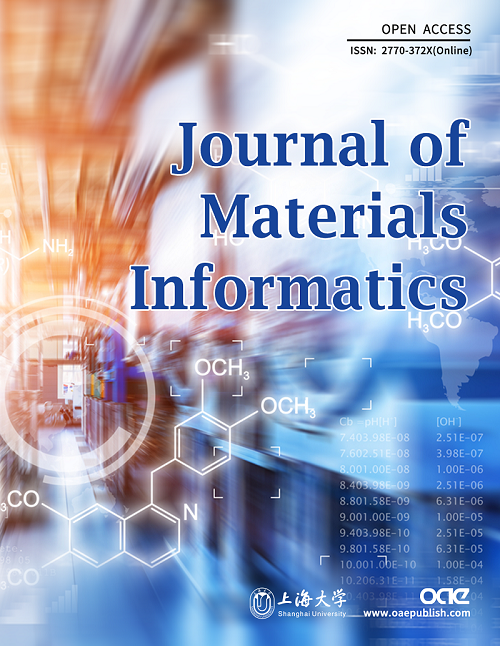fig2

Figure 2. Building a T% prediction model. (A) Plot of Pearson correlation coefficient for 28 initial features; (B) Model selection using seven features ST, Dve, Dce, Ven/NC, E-MB, EA, and C-c; (C) 10-CVerror from ETR model containing a subset of the retained descriptors; (D) Performance of ETR models trained with 4-tuple features (ST, Ven/NC, Dce, and Dve) on the training and testing sets. C-c: cell parameters in the c-direction; Dve: schubert valence electron distance; Dce: schubert core electron distance; EA: electron affinity; E-MB: matyonov-batsanov electronegativity; ETR: extreme tree regression; GBR: gradient boosting regression; GPR: gaussian process regression; PLS: partial least squares; RF: random forest; ST: sintering temperature; SVR: support vector machine; T%: transmittance; Ven/NC: the ratio of valence electron number with nuclear charge.








